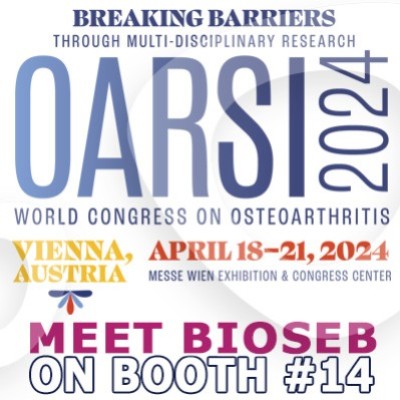Authors
G. Hu, M. Zhang, M. Su, Q. Zhang, H. Wu, X. Wang, Z. Dong, S. Yu
Lab
Department of Neurology, Chinese PLA General Hospital, Beijing, China
Journal
Neuroscience Letters
Abstract
Background
To identify differences in allodynia and grooming behaviours between rat models of either repeated dural nociception with inflammatory soup (IS) or infraorbital nerve chronic constriction injury (IoN-CCI).
Methods
Repeated dural nociception was induced via the application of IS to the dural meninges and IoN-CCI was applied to model neuropathic pain. All surgeries were performed on the right side and a sham operation was performed on the control group. Mechanical and thermal withdrawal thresholds were tested on different facial areas and hindpaw during the interictal period and grooming behaviours were recorded.
Results
A significant decreases was found in the mechanical withdrawal thresholds of the bilateral vibrissa pad and right periorbital area in both the IS and the IoN-CCI groups, but only in the left periorbital area of the IS group. Hindpaw thermal allodynia was evident only in the IS group. Ipsilateral hindpaw grooming behaviour increased in the IS group and facial grooming behaviour increased in the IoN-CCI group.
Conclusions
Repeated dural nociception induced by IS and IoN-CCI in rats effectively simulated chronic migraine (CM) and trigeminal neuralgia (TN), respectively. The IS group exhibited a wider range of allodynia than the IoN-CCI group, but further studies are necessary to determine underlying mechanisms.
BIOSEB Instruments Used:
Cold Hot Plate Test (BIO-CHP)

 Douleur - Allodynie/Hyperalgésie Thermique
Douleur - Allodynie/Hyperalgésie Thermique Douleur - Spontanée - Déficit de Posture
Douleur - Spontanée - Déficit de Posture Douleur - Allodynie/Hyperalgésie Mécanique
Douleur - Allodynie/Hyperalgésie Mécanique Apprentissage/Mémoire - Attention - Addiction
Apprentissage/Mémoire - Attention - Addiction Physiologie & Recherche Respiratoire
Physiologie & Recherche Respiratoire
 Douleur
Douleur Métabolisme
Métabolisme Système moteur
Système moteur Neurodégénérescence
Neurodégénérescence Thématiques transversales
Thématiques transversales Système musculaire
Système musculaire Functions de motricité générale
Functions de motricité générale Troubles de l'humeur
Troubles de l'humeur Autres pathologies
Autres pathologies Articulations
Articulations Système Nerveux Central (SNC)
Système Nerveux Central (SNC)  Système sensoriel
Système sensoriel Bioseb on booth #14 at OARSI 2024 in Vienna
Bioseb on booth #14 at OARSI 2024 in Vienna 